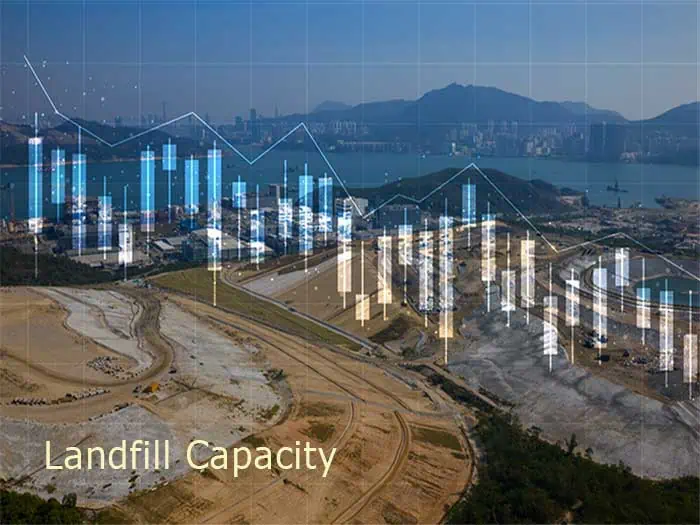


By preparing site life calculations with knowledge of multiple approaches, we can proactively position solid waste systems to meet future needs. However, the simplest approach is often the most prudent when every variable is unknown.
The growing Florida population has greatly pressured all public infrastructure, including waste disposal services. Planning for these adjusted growth trends is paramount to a successful system that provides the community with essential services. By preparing site life calculations with knowledge of multiple approaches, we can proactively position solid waste systems to meet future needs. Don’t overlook having a thorough understanding of current disposal trends and airspace utilization as the starting point for planning the future success of a solid waste system.
In their Florida SWANA presentation, Kollan Spradlin and Fauve Herron focus on using three different landfill site life calculation methods that they have previously used to assess the remaining life of Florida landfills.
Two of the three calculation methods will use service area population projections to model future waste disposal. They will also discuss a third model that does not utilize population projections — The Remaining Capacity Method. Originally developed by SCS Engineers’ founder Bob Stearns, The Remaining Capacity Method relies on past tonnage and volume utilization data to forecast the future date at which available remaining volume will be depleted.
Their Site Life Calculations presentation will cover data requirements, the drawbacks and advantages of each method, the identification of errors, and model implications.
Presenters from the ENR-Ranked No.1 Firm for Solid Waste Management:
Kollan Spradlin, PE, CHMM and Fauve Herron, EIT